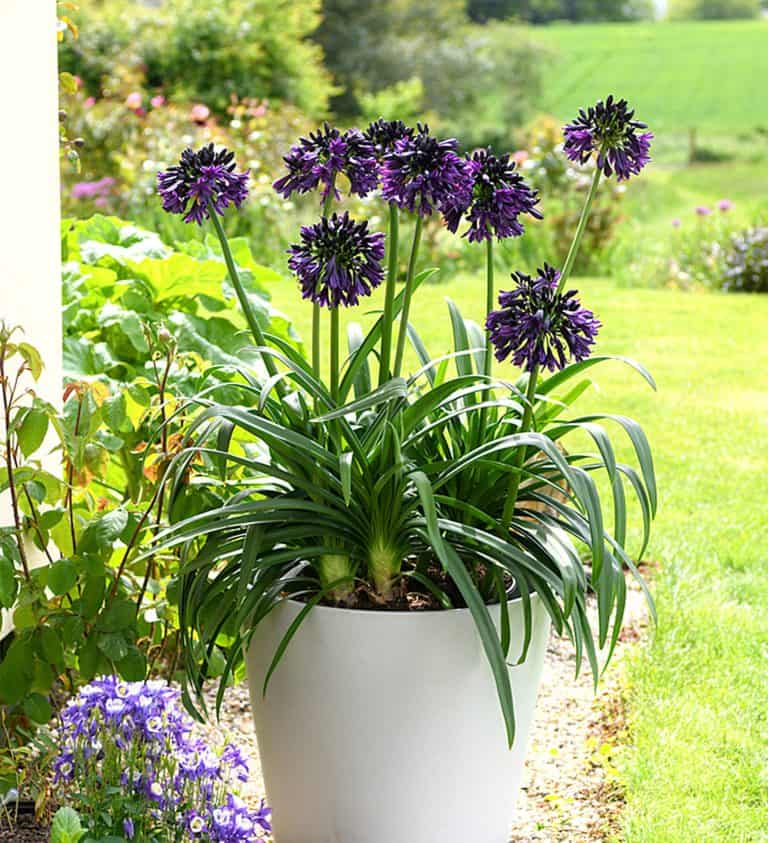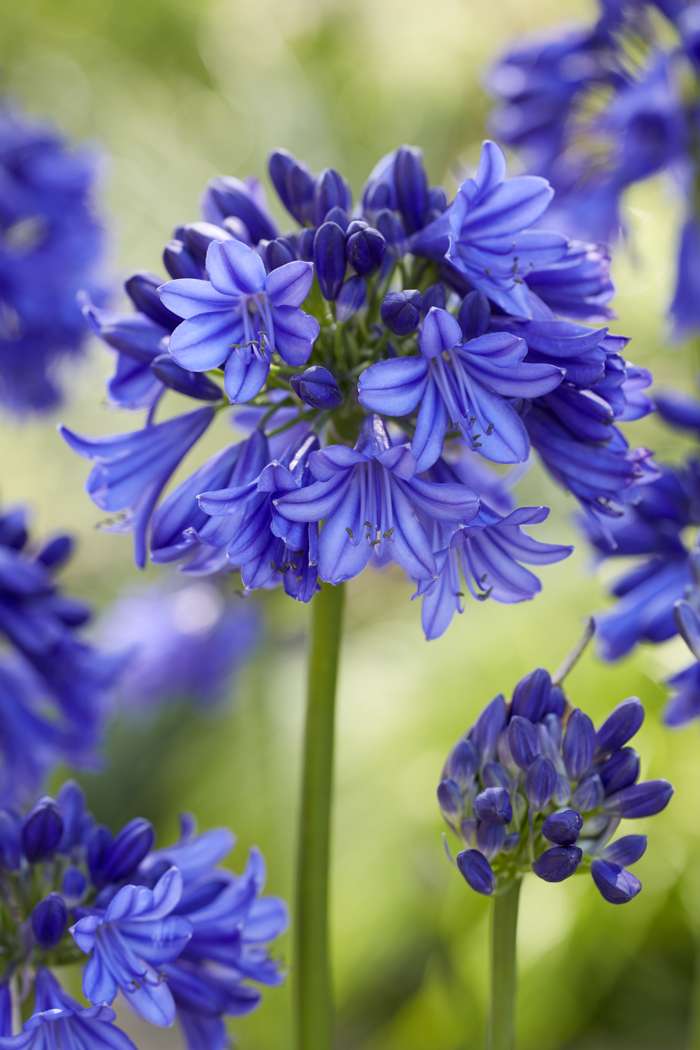Understanding the Art of Agapanthus Treatment: Vital Steps for Healthy Growth and Lively Blossoms
In the world of gardening, the farming of agapanthus stands as a rewarding endeavor for those who look for to support these sophisticated blooming plants. From choosing the right selection to grasping pruning methods, the journey towards cultivating growing agapanthus plants is diverse and holds the key to opening the full potential of these agricultural gems.

Choosing the Right Agapanthus Selection

When picking the appropriate Agapanthus selection for your garden, think about elements such as environment suitability, flower color, and growth behavior. Agapanthus, generally called Lily of the Nile or African lily, comes in a range of colors varying from tones of purple and blue to white. Pick a flower color that matches your existing yard combination to produce a harmonious landscape. Furthermore, think about the climate in your region to make sure the Agapanthus variety you select can prosper in your details conditions. Some ranges are a lot more forgiving of chilly temperatures, while others prefer warmer environments. Understanding the development routine of different Agapanthus ranges is critical for correct positioning within your garden. Some varieties have a clumping development habit, perfect for containers or borders, while others have a more dispersing nature, appropriate for ground cover or mass plantings. By very carefully examining these aspects, you can select the best Agapanthus variety to boost the appeal of your garden.
Suitable Planting Problems
Thinking about the optimum ecological requirements is essential for effective Agapanthus cultivation. Agapanthus plants are sensitive to chilly temperature levels and need to be safeguarded from frost throughout winter months.
To make certain healthy and balanced development and vibrant blossoms, plant Agapanthus light bulbs at a deepness of about 2-4 inches and room them 8-12 inches apart. Including natural issue, such as garden compost, to the dirt can improve drain and fertility, advertising durable root advancement. Mulching around the base of the plants helps maintain moisture and reduces weed development. Normal watering is important, especially throughout the expanding period, to keep the dirt consistently damp yet not waterlogged.
Watering and Feeding Tips
Keeping correct wetness degrees and providing essential nutrients are crucial components in the treatment regimen for Agapanthus plants. When it comes to sprinkling Agapanthus, it is essential to strike a balance. These plants choose continually wet dirt but are vulnerable to root rot if overwatered.
Fertilizing Agapanthus is essential for advertising healthy and balanced growth and prolific blooms. Use a balanced plant food, such as a 10-10-10 formula, in the early springtime as brand-new development emerges. Repeat this application every 6-8 weeks throughout the growing period. Avoid too much fertilization, as it can cause rich foliage at the expenditure of flowers. Constantly follow the manufacturer's guidelines for proper dilution and application methods. By following these watering and fertilizing tips, you can ensure your Agapanthus plants prosper and generate lively, long-lasting blossoms.
Trimming Techniques for Agapanthus
Trimming Agapanthus plants at the suitable times and with proper strategies is crucial for maintaining their wellness and advertising optimum development and blooming. The excellent time to trim Agapanthus is in late winter season or early springtime before new development emerges.
Deadheading invested blossoms can likewise redirect the plant's energy into generating more blooms instead than establishing seeds. If you desire to collect seeds for propagation, leave some blossoms to mature and dry on the plant.
Remember to utilize tidy, sharp tools to make precise cuts and decrease the threat of introducing conditions. Agapanthus. Regular pruning will aid maintain your Agapanthus looking neat and healthy while making certain a plentiful screen of stunning blooms
Taking Care Of Usual Bugs and Illness
After making certain proper this pruning techniques for Agapanthus, it is vital to attend to common bugs and diseases that can affect the wellness and vitality of these plants. One typical pest that affects Agapanthus is the Agapanthus gall midge.
In addition, Agapanthus plants can suffer from root rot if they are planted in badly draining soil. By being vigilant and taking prompt action against conditions and parasites, you can aid your Agapanthus plants grow and create lively flowers. Agapanthus.

Final Thought
In verdict, understanding the art of agapanthus care entails picking the ideal range, offering perfect planting problems, appropriate watering and fertilizing, suitable pruning methods, and attending to typical parasites and conditions. By adhering to these crucial actions, you can make sure healthy growth and vibrant flowers for your agapanthus plants. Remember to regularly keep an eye on and keep your plants to check over here advertise their overall health and durability.
To guarantee healthy and balanced development and lively blooms, plant Agapanthus bulbs at a deepness of about 2-4 inches and space them 8-12 inches apart. By following these watering and fertilizing suggestions, you can ensure your Agapanthus plants a knockout post prosper and produce lively, long-lasting blooms.
One typical insect that influences Agapanthus is the Agapanthus gall midget. In addition, Agapanthus plants can experience from origin rot if they are planted in improperly draining pipes soil. By following these crucial steps, you can make certain healthy growth and vibrant blooms for your agapanthus plants.
Comments on “Agapanthus Proliferation: Tips for Expanding Your Plant Collection”